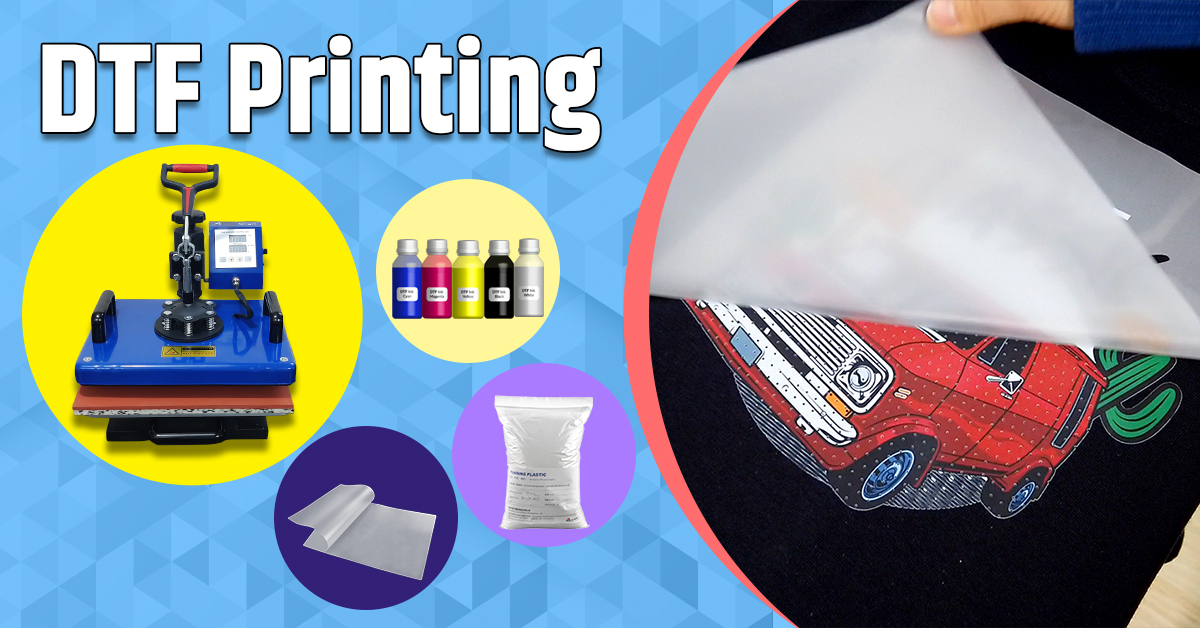Exploring the Dynamics of Digital Printing in Modern Industries
In the ever-evolving landscape of DTF Transfers, digital printing has emerged as a transformative force, revolutionizing the way businesses and individuals reproduce images, designs, and text on various surfaces. From commercial printing to personalized products, digital printing offers unparalleled flexibility, quality, and efficiency, reshaping industries and unleashing boundless creative potential.
Understanding Digital Printing:
Digital printing is a method of reproduction that involves transferring digital files directly onto a substrate, such as paper, fabric, plastic, or metal, using specialized printers. Unlike traditional printing techniques like offset or screen printing, which involve intermediate steps such as plate-making or screen preparation, digital printing eliminates the need for these processes, allowing for on-demand printing with minimal setup time.
The Process:
The process of digital printing typically involves the following steps:
- Prepress Preparation: The digital files containing the images, designs, or text to be printed are prepared using graphic design software. These files are then sent directly to the digital printer without the need for intermediate steps like plate-making or film output.
- Printing: The digital printer receives the digital files and recreates the desired images or designs onto the chosen substrate. Digital printers utilize various printing technologies, including inkjet and laser, each offering unique advantages in terms of speed, resolution, and color accuracy.
- Finishing: Once the printing is complete, the printed materials may undergo additional finishing processes, such as cutting, binding, laminating, or coating, to enhance their appearance, durability, or functionality.
Advantages of Digital Printing:
- Versatility: Digital printing supports a wide range of substrates, including paper, cardboard, fabric, vinyl, plastic, and metal, making it suitable for diverse applications across industries such as advertising, packaging, textiles, signage, and personalized products.
- Customization: Digital printing enables on-demand and variable data printing, allowing for personalized and customized content, such as individualized packaging, direct mail campaigns, promotional items, and personalized gifts.
- High-Quality Output: Digital printing offers exceptional print quality with sharp detail, vibrant colors, and smooth gradients, thanks to advancements in printing technology and the use of high-quality inks and toners.
- Cost-Effectiveness: Digital printing eliminates the need for costly setup processes and minimum print runs associated with traditional printing methods, making it a cost-effective solution for short to medium print quantities and quick turnaround times.
- Sustainability: Digital printing minimizes waste by enabling print-on-demand production and reducing the consumption of materials, energy, and chemicals compared to traditional printing methods.
Applications of Digital Printing:
- Commercial Printing: Digital printing is widely used in commercial printing applications, including brochures, flyers, business cards, posters, catalogs, and marketing collateral, offering businesses the flexibility to produce high-quality printed materials with short lead times and customization options.
- Textile Printing: In the textile industry, digital printing is revolutionizing the production of apparel, home textiles, soft signage, and fashion accessories, allowing for vibrant, detailed designs with minimal setup and production time.
- Packaging Printing: Digital printing is increasingly used in packaging applications, including labels, folding cartons, corrugated boxes, and flexible packaging, enabling brands to create eye-catching designs, seasonal variations, and limited-edition runs with cost-effective and sustainable production methods.
- Promotional Products: Digital printing enables the customization of promotional products, such as mugs, T-shirts, phone cases, tote bags, and promotional gifts, offering businesses and individuals the ability to create unique and memorable merchandise for events, marketing campaigns, and giveaways.
Conclusion:
Digital printing has become an indispensable tool for businesses and individuals seeking efficient, high-quality printing solutions with unmatched versatility and customization options. As technology continues to advance and consumer demands evolve, digital printing will continue to play a central role in driving innovation, creativity, and sustainability across a wide range of industries, shaping the future of printing and visual communication in the digital age.